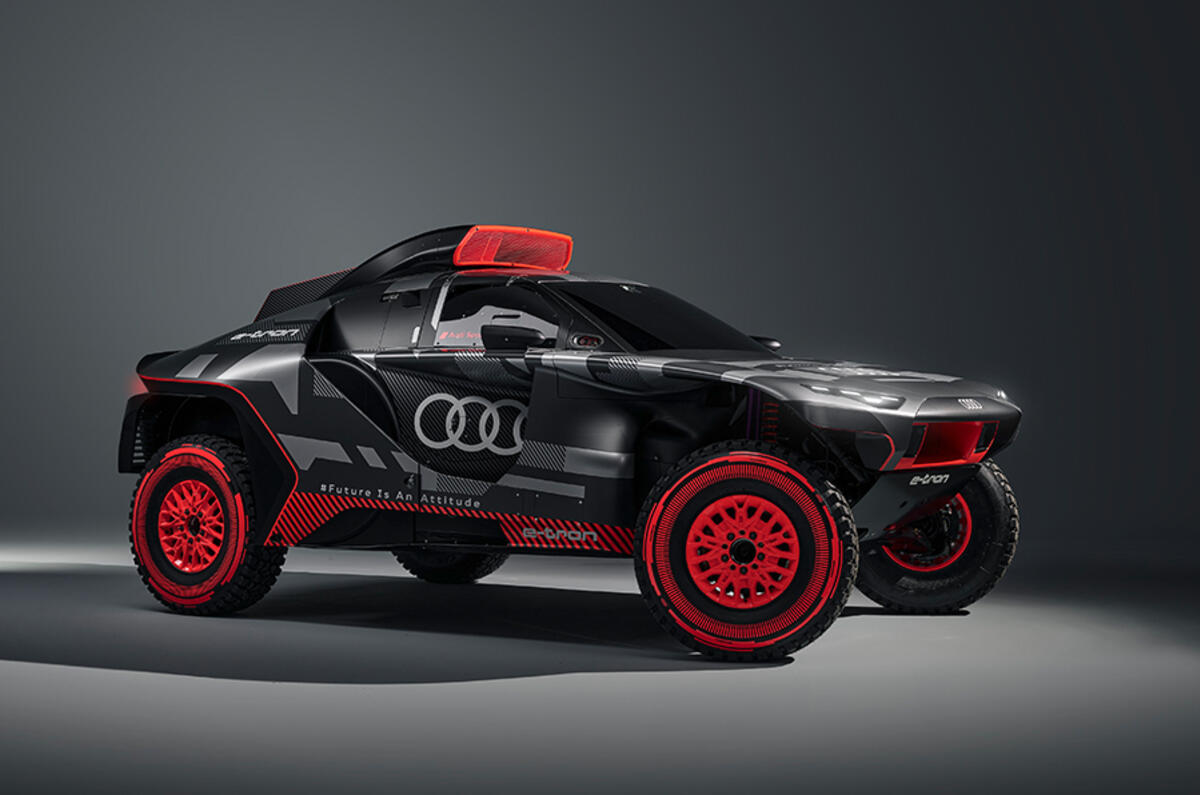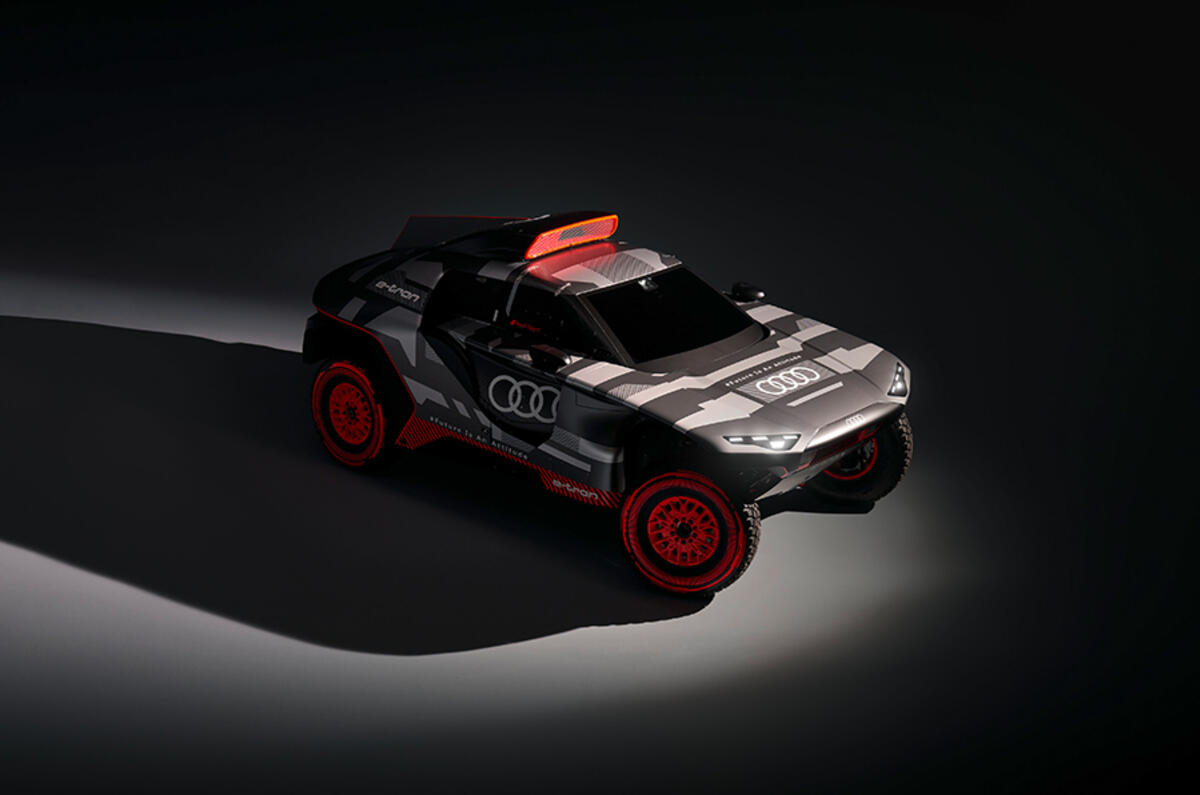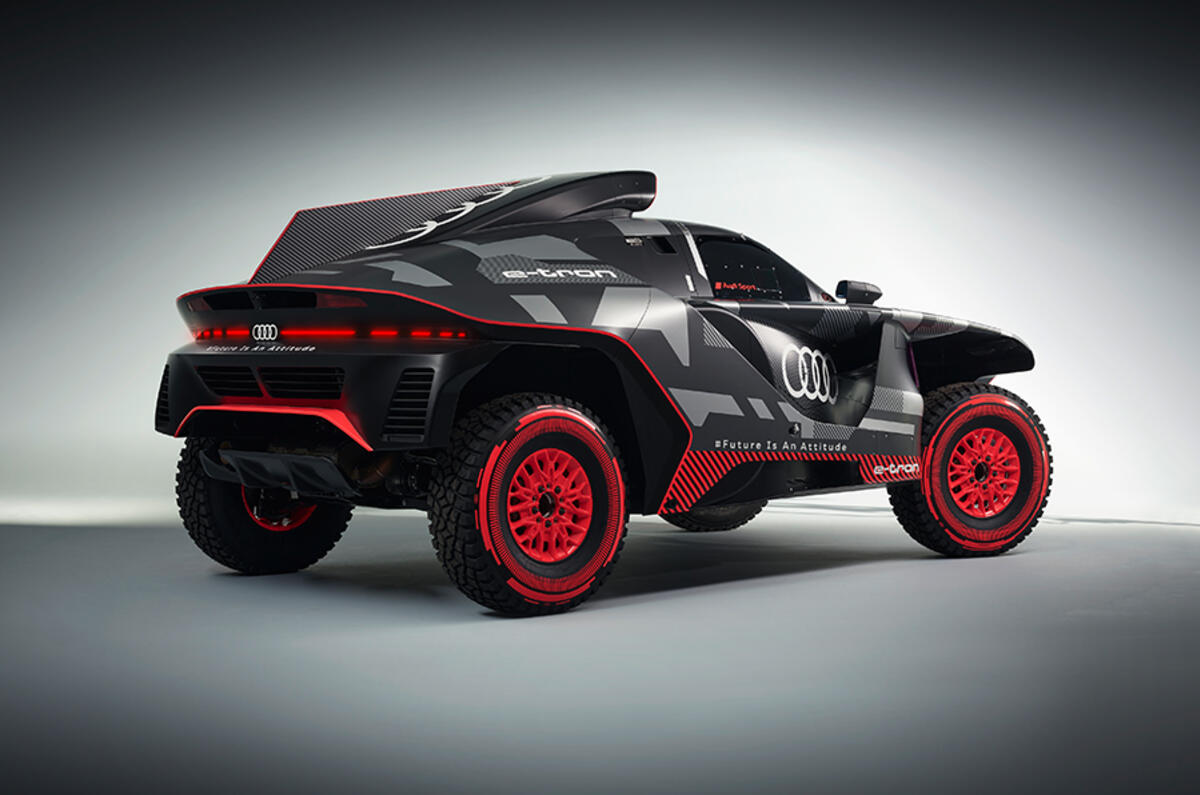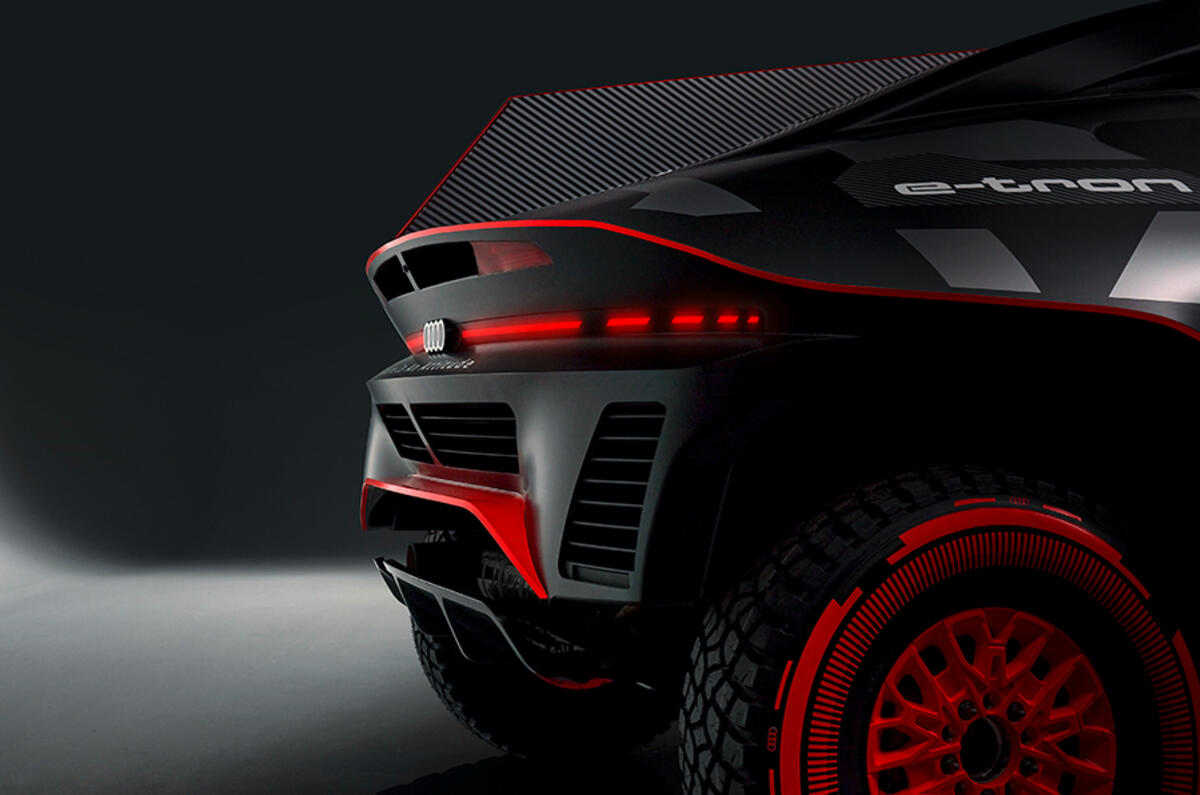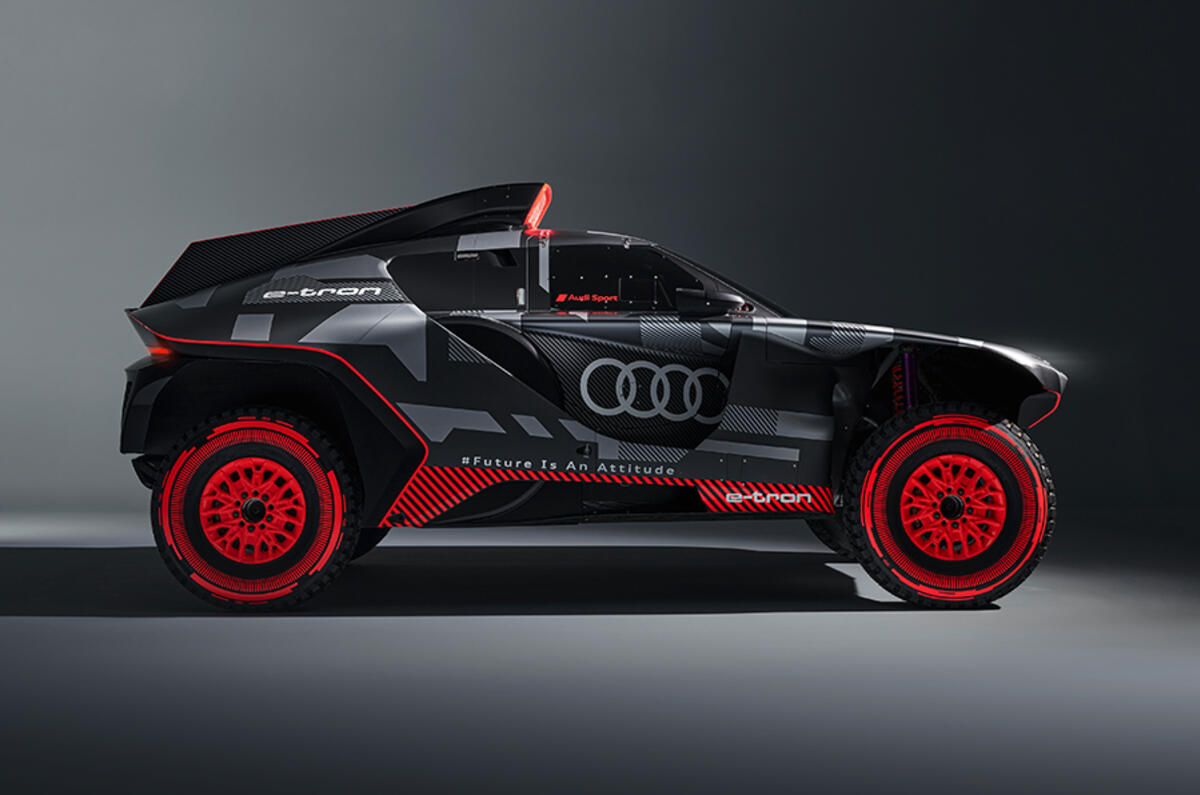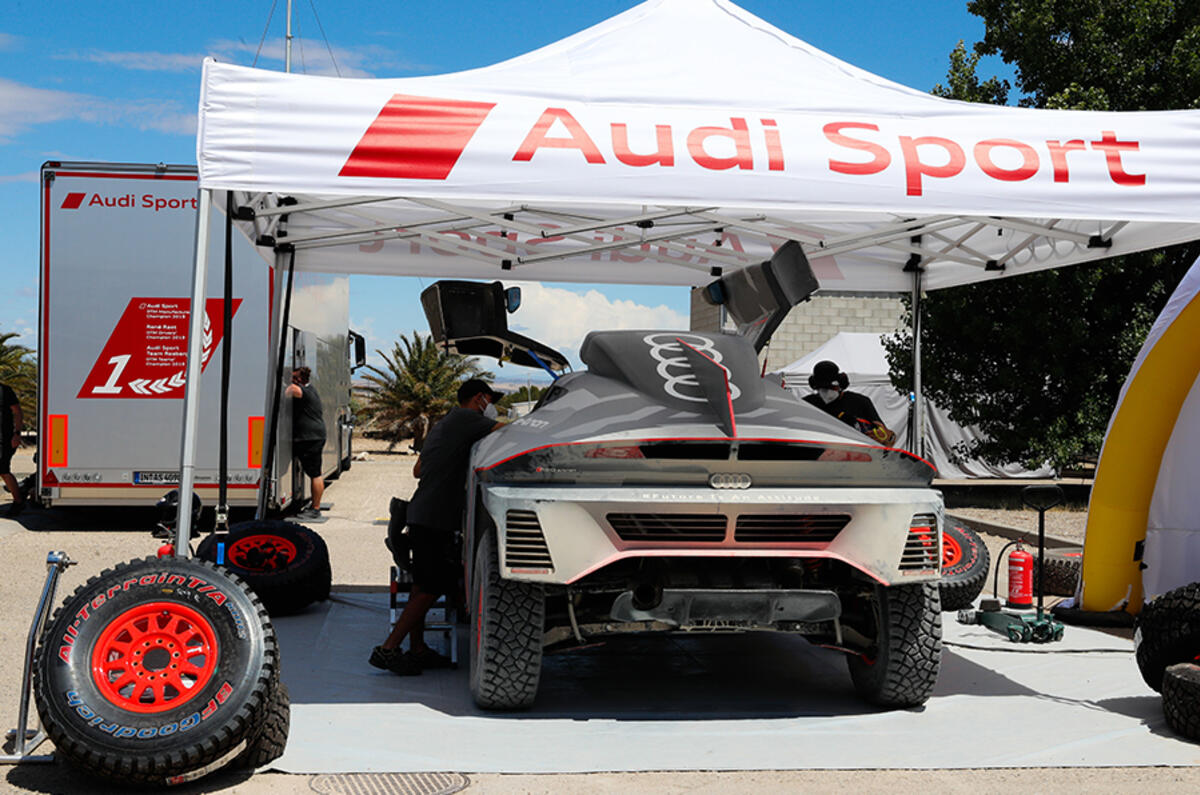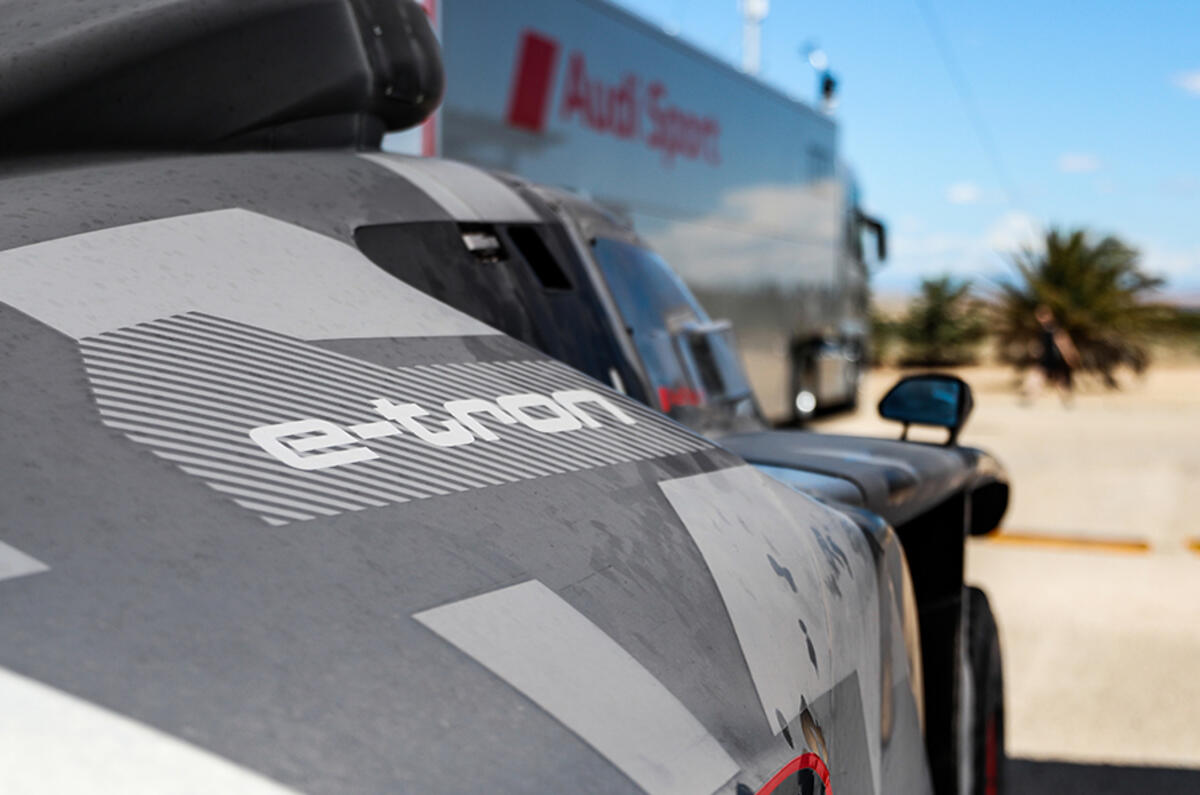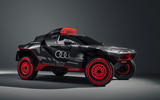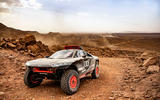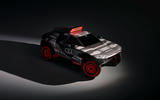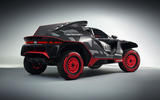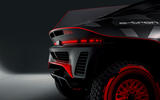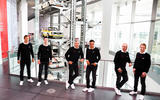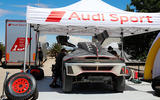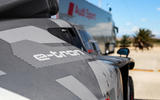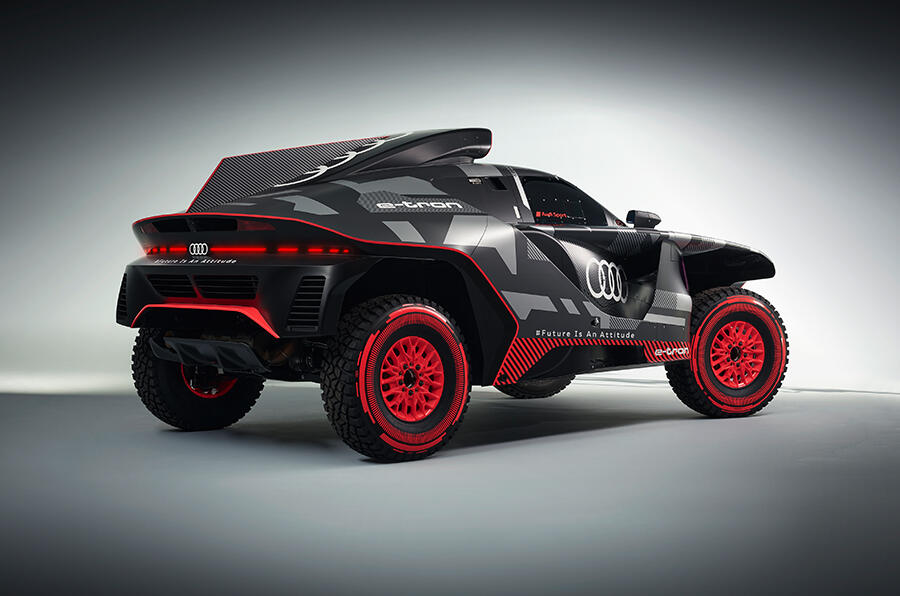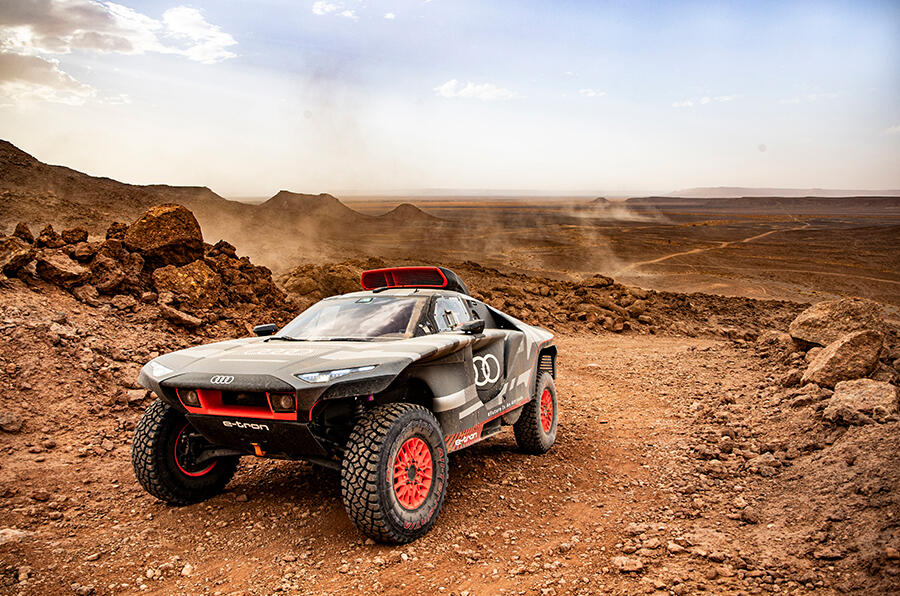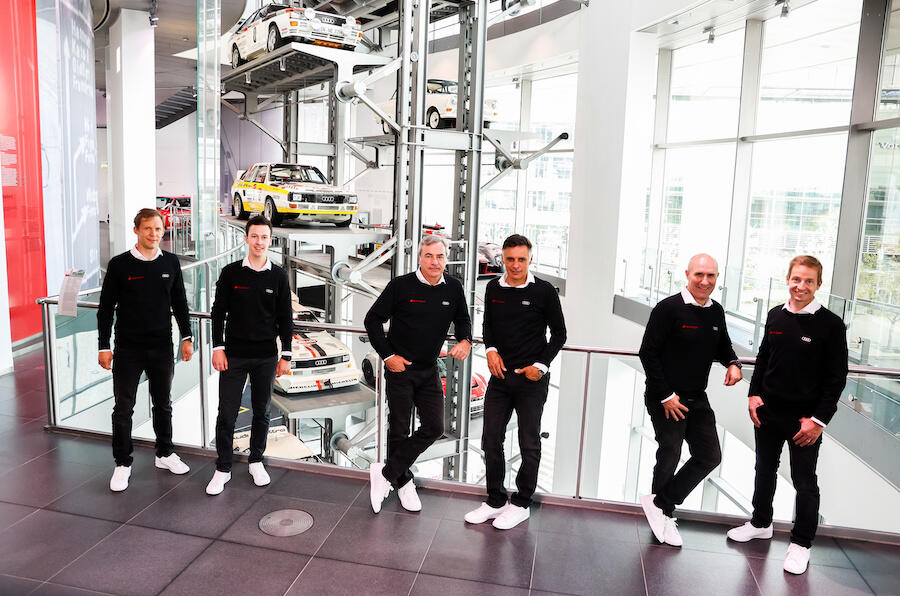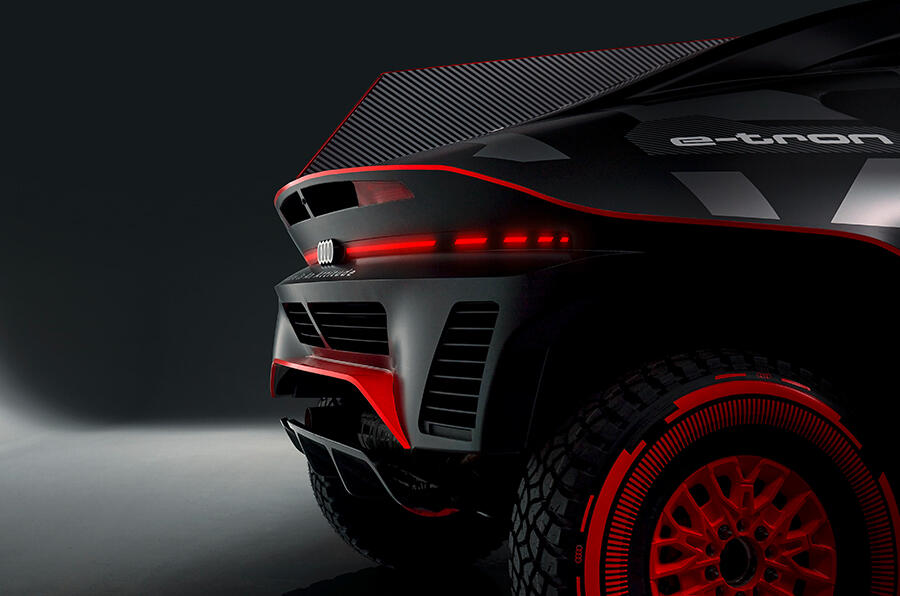It’s the engine note (or the lack of it) that hits you first. When you see a rally car barrelling towards you, you expect the whine and pop of a turbo, the seemingly never-ending blat-blat-blat of sequential upshifts, the deafening staccato of a petrol engine rattling against the rev limiter. The new Audi RS Q e-tron strikes a very different tone.
That’s because the Audi RS Q e-tron has an electrified drivetrain. It’s designed to conquer the Dakar Rally: one of motorsport’s last truly gruelling epic endurance races, and the ultimate test for Audi’s e-tron technology, as it takes on both its off-road rivals and the elements in the searing white-hot heat of competition.
Learn more about Audi’s all-electric e-tron technology
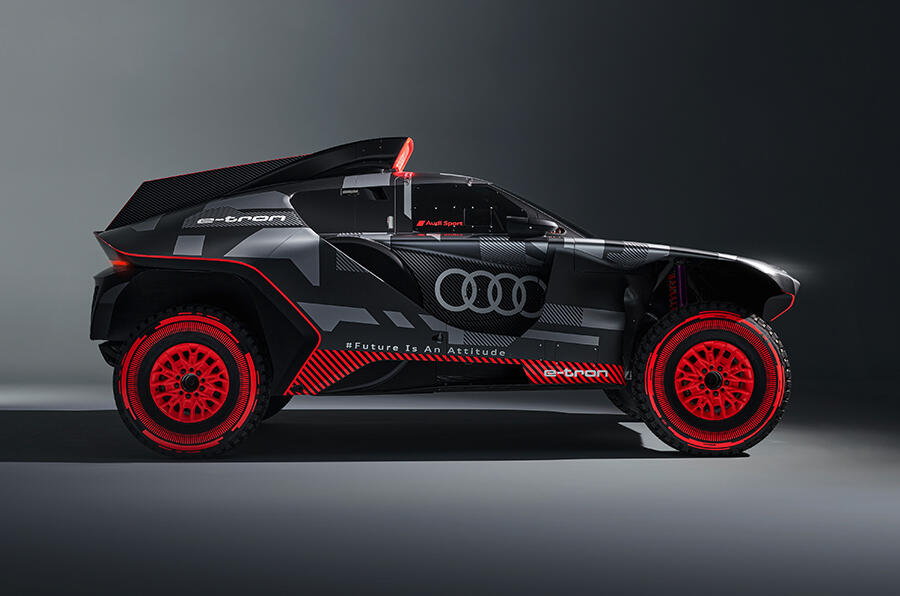
Taking on motorsport’s toughest test
Driven by its ‘Vorsprung durch Technik’ ethos of ‘progress through technology’, Audi has long used motorsport as the ultimate engineering proving ground – honing quattro all-wheel drive in the World Rally Championship, hybrid power at the Le Mans 24 Hours and all-electric power in the Formula E single-seater series. Now, the same is true for its next stage of electrification, with Audi using the 2022 Dakar Rally as the ultimate proving ground for future road-going e-tron technology.
Formerly held in the North African deserts and South America’s Andes mountains, the Dakar Rally is now based in Saudi Arabia. Over two weeks an 8000km route – featuring day-long competitive stages up to 800km in length – will take teams from the city of Ha’il across the breadth of the Arabian Peninsula to Jeddah on the Red Sea coast. Along the way, the Audi RS Q e-tron will have to conquer rugged roads, rocky canyons and the towering remote desert dunes of the Rub' al Khali (ominously known as ‘The Empty Quarter’). It’s one of racing’s toughest challenges.
“When I first heard about the idea of taking Audi to the desert, I said: ‘Wow. That’s something completely new,” recalls Audi Sport project manager Andreas Roos. “The Dakar Rally is extremely challenging, even for a conventionally powered vehicle. With our powertrain, the challenge is even greater. No regulations existed for an electric drive concept like this. What we’re trying to do has never been done before.”
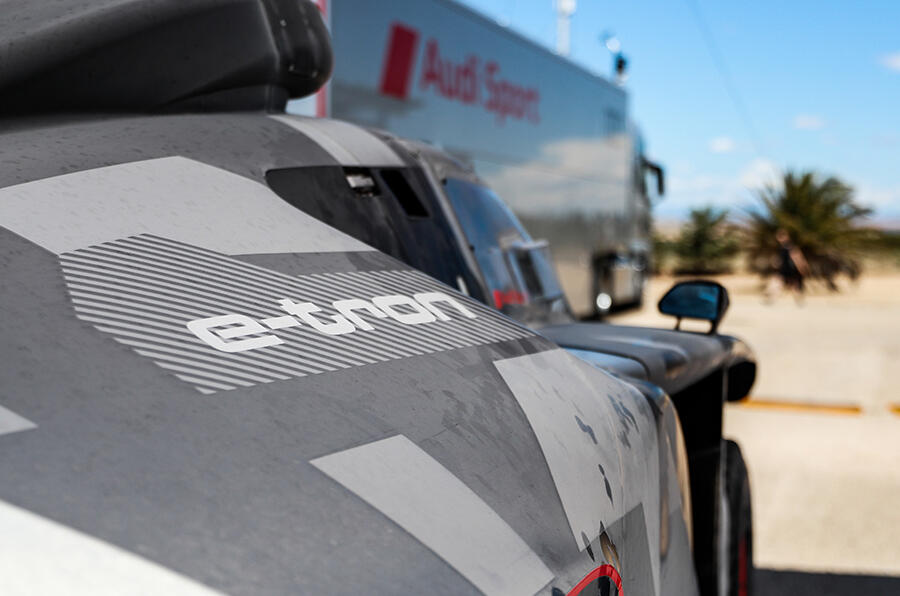
Electric to its core
Bringing together engineering expertise from across Audi’s hugely successful race programmes in the Le Mans 24 Hours, the German DTM, World Rallycross and Formula E – while adding the Dakar Rally-winning expertise of Sven Quandt and his Q Motorsport team for good measure – the result is the innovative Audi RS Q e-tron.
Its pulsing heart is an innovative drivetrain that uses two electric motor generator units (or MGUs) – one on the front axle, one on the rear. Developed from the MGU05 that propelled Audi’s race-winning Formula E to victory in 2021, they’re powered directly by an advanced high-voltage 50kWh lithium-ion battery. The Audi RS Q e-tron’s motors are also linked across the chassis by a ‘virtual’ software-driven centre differential with variable torque distribution. The result: up to 400hp of quattro performance, 0-62mph in 4.5s and a 170kph limited top speed.

